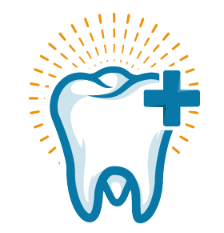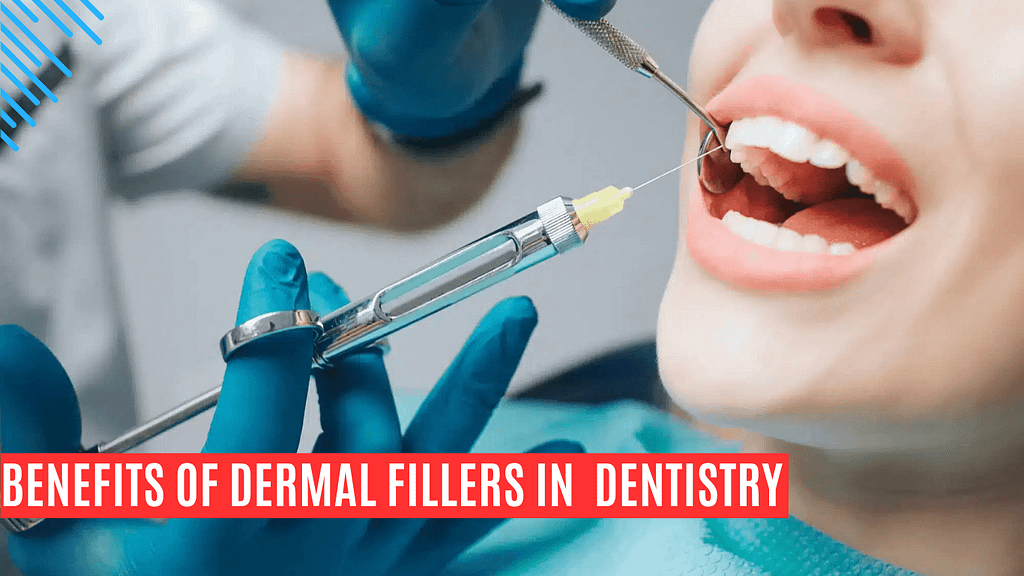People’s desire to look younger and flawless is intensifying daily. With this desire, aestheticians have successfully made headway to enhance a person’s aesthetics with Injectable Botox and Dermal fillers. They are the advanced treatment options in esthetic dentistry and medicine, which help people accomplish more attractive looks and beautiful features with well-defined skeletal form, filled in ridges and wrinkles on the skin.
Let’s explore how dermal fillers can efficiently benefit us in rejuvenating our dental and facial flaws. Further, follow our blog to find oral directions about how to permanently treat unhealthy gums, kill tooth pain nerve in 3 seconds, and much more.
Read more: How to Treat if Baby Tooth is Loose but Still Attached?
What Are Dermal Fillers?
Dermal fillers are the materials injected beneath the skin to smooth out and volumize the area of reduced volume. It helps create a smoother and fuller appearance on the face, including nasolabial folds (the lines extending from the sides of the nose to the mouth), cheeks, chin, lips, and back of the hands. Moreover, soft tissue, lip, facial, and wrinkle reduction can also be enhanced by these fillers.
Types of Dermal Fillers:
Skin fillers are of two types: biodegradable or resorbable and permanent or non-resorbable.
Biodegradable fillers further fall into two categories:
1. Non Permanent fillers, also known as replacement fillers, have a short duration and eventually reabsorb through macrophage activation—moreover, they last several months to one year.
Collagen, hyaluronic acid, and natural fillers come under this category.
2. Semi-permanent fillers provide a longer duration of aesthetic improvements lasting up to years with minimal side effects.
Polylactic acid and calcium hydroxylapatite are some examples.
Permanent fillers can provide long-term recolonization results, inducing fibrogenesis and collagen production. Polymethylmethacrylate, silicone, and hydroxyethyl methacrylate) come under this category. However, this type of filler has some risks and complications.
Role Of Dermal Fillers In Dentistry:
Intra and extraoral uses of these materials are integral to everyday dental practice. It helps restore therapeutic, aesthetic, periodontal, orthodontic, and prosthodontic implications. Daily clinical situations provide a significant, predictable, minimally invasive, aesthetic, and therapeutic outcome.
In dentistry, dermal fillers help in:
1) Lip Augmentation:
Lip augmentation is a cosmetic procedure that consists of lip reshaping or enlargement. It involves the alteration of the shape of the Cupid’s bow, increasing the vermilion height, and creating a pout (effacement). It softens the perioral lines and wrinkles, adding volume and reducing excess visible dentition.
Lip augmentation techniques include both non-filing and filling techniques. Hyaluronic acid is currently the primary active material for lip augmentation, and it is used to increase the overall volume of the lip or enhance the vermilion border and sculpt and accentuate the lip.
Studies and experiments show that HA filler is the most effective and safe for lip augmentation. The results persist for 12 and 24 months, with no adverse effects observed later. Lip filler injection or augmentation helps establish aesthetic dental lip lines and smile lines as an alternative to crown lengthening, gingivectomy, and veneers.
Read more: Pacifier Teeth Before and After
2) Treatment of Angular Cheilitis:
Angular cheilitis (AC) is a common oral disease with redness, fissures, and crusting of the labial commissures. Pain and itching are also among its characteristics. However, older people are particularly more susceptible to this condition.
HA fillers work best to treat angular cheilitis, mainly due to the drooping of muscles. Clinical evidence suggests that AC resolves quickly after filler injection. The patient can remain pain-free and asymptomatic for over 12 months, except for considerable volume loss in the treated area.
3) Elimination of “Black Triangles”:
The loss of interdental papillae between teeth results in the formation of “black triangles.” It occurs for many reasons, such as gingival inflammation, oral hygiene procedures with trauma, misaligned teeth, or improper restoration contours.
Hyaluronic acid fillers are a non-surgical approach to treating these black triangles. HA helps regenerate lost interdental papillae and remove black triangles because of its modulating property of periodontal wounds. HA helps restore periodontal tissues and gives significant and satisfactory results.
4) Lip Repositioning in Case of a Gummy Smile:
A well-balanced smile is committed not only to the shape, position, and color of teeth but also to the display of the gingival tissues. A “gummy smile” is defined as an excessive gum/gingival display when smiling, which has an unfavorable impact on smile aesthetics and is unattractive.
Lip repositioning is a practical, rapid, and less aggressive treatment option for mild to moderate degrees of excessive gingival display. This procedure limits the retraction of elevator smile muscles, resulting in less gingival display while smiling.
This procedure is the most encouraging alternative treatment option for excessive gingival display. In other words, this procedure immediately has an apparent and localized volumization effect. Studies show that the results of lip repositioning surgery appear to be stable for up to 6–8 months postoperatively.
5) Perioral Lines Rejuvenation
The perioral area’s vertical lines develop due to genetics, intrinsic aging, sun exposure, and recurrent facial muscle twitching. Cosmetic surgeons increasingly employ dermal fillers to improve facial contours and restore volume deficiencies by reversing the apparent signs of age.
Dermal fillers in this situation are best for:
1. The nasolabial fold, accentuates with age, generates a more noticeable furrow. Dermal fillers for nasolabial folds reverse the outlook and restore the appearance naturally.
2. Utilize Marionette lines, the folds that run down from the corners of the mouth, giving the face an aged appearance and a dull expression.
3. The pre-jowl sulcus between the lower jaw and the chin can develop due to bone resorption and sagging skin. Dermal fillers can alleviate this deficiency by recreating the transition between the chin and the posterior jawline, giving the patient a younger appearance.
Read more: Effective Ways to Remove Coffee Stains
The Bottom Line:
In conclusion, hyaluronic acid dermal fillers have become the most common and practical approach to efficiently fixing aging and dental conditions. Its use in dentistry has come with more benefits for many years. Above all, its ability to volumize and enhance facial appearance makes it worthy of utilizing and letting people regain their natural appearance.
FAQs
How long do dermal fillers last?
A filler’s longevity depends on the targeted area, patient characteristics, and other factors. The fillers are primarily used in the gum tissues to repair them, lasting six months to two years.
What is a filler in dentistry?
A filler in teh dentistry is mainly used to provide extra volume to the little gum tissues. With the help of a filler, the interdental gum tissues become big enough to cover the gap between teeth.
Can a dentist put fillers?
You will be surprised to learn you can receive dermal fillers from your dentist. Specialists in this industry can help you apply fillers in the mouth.

